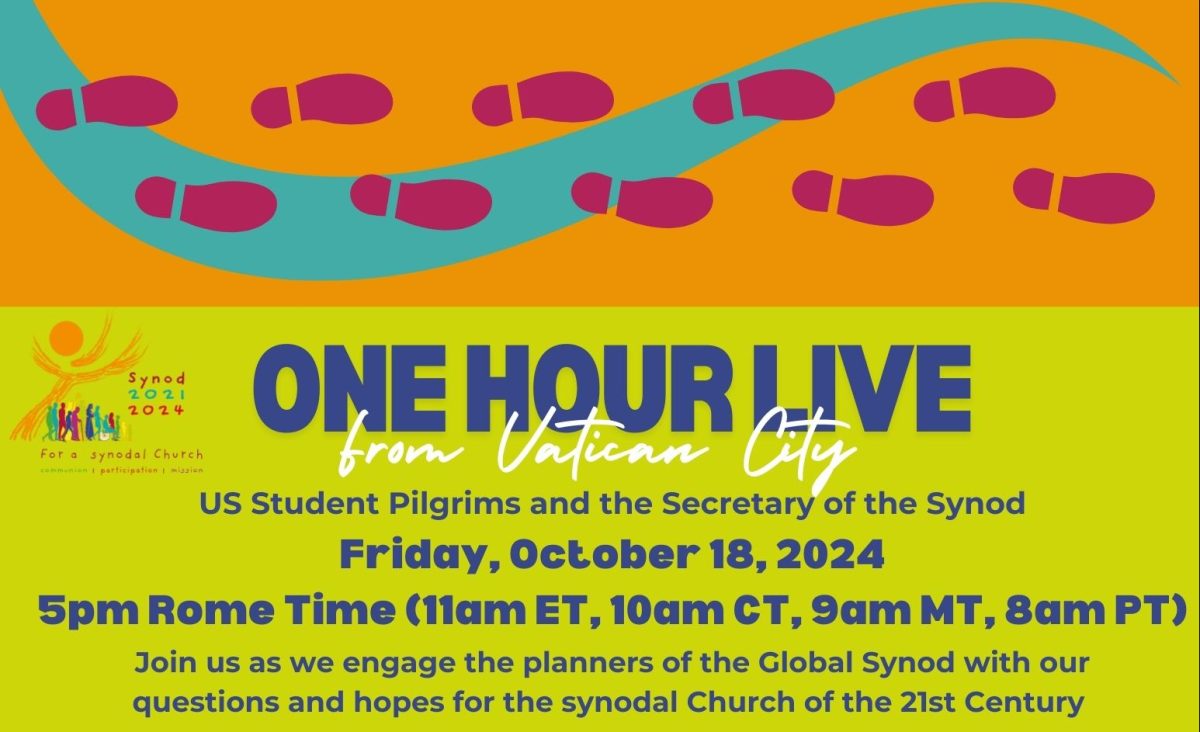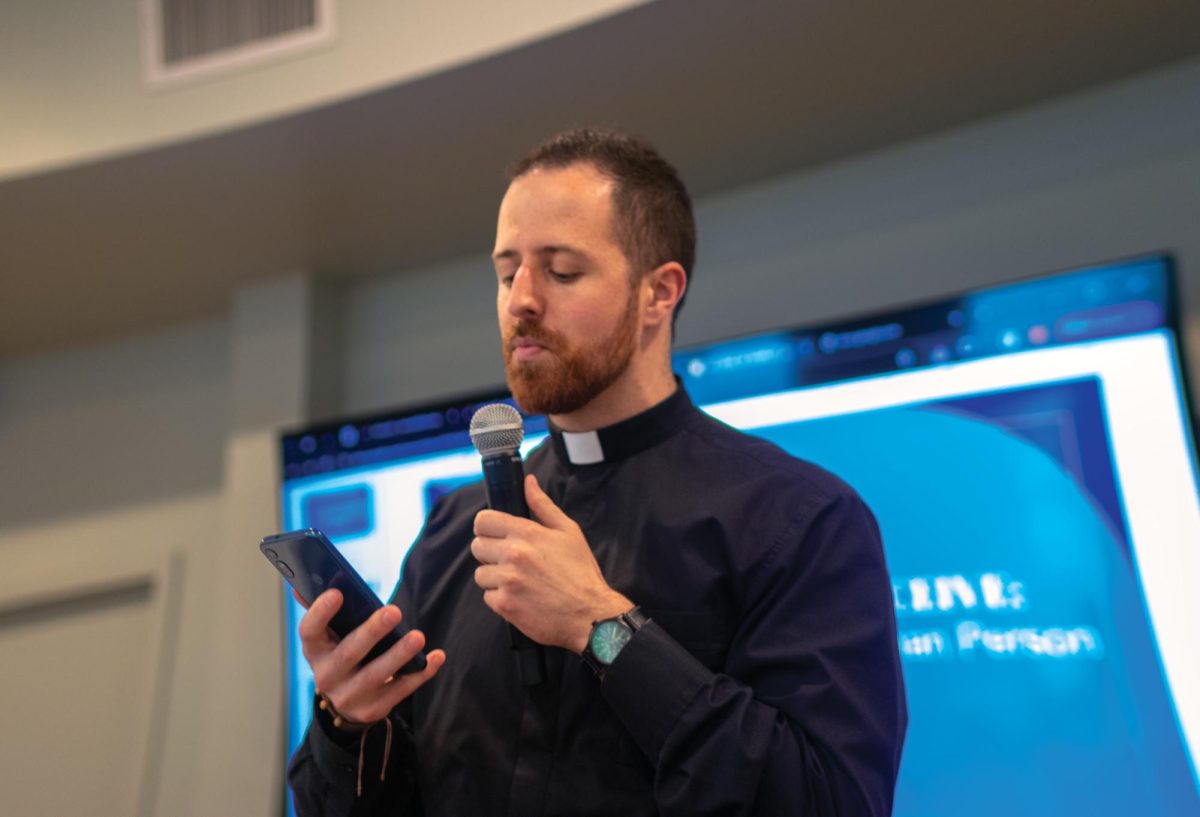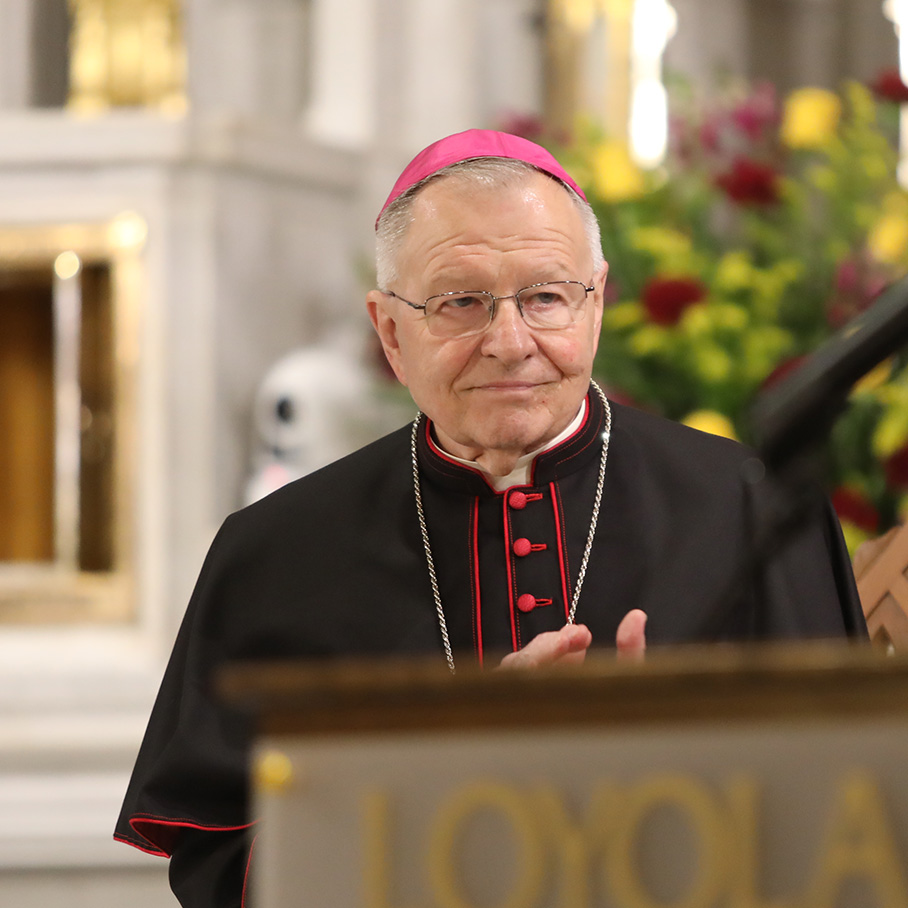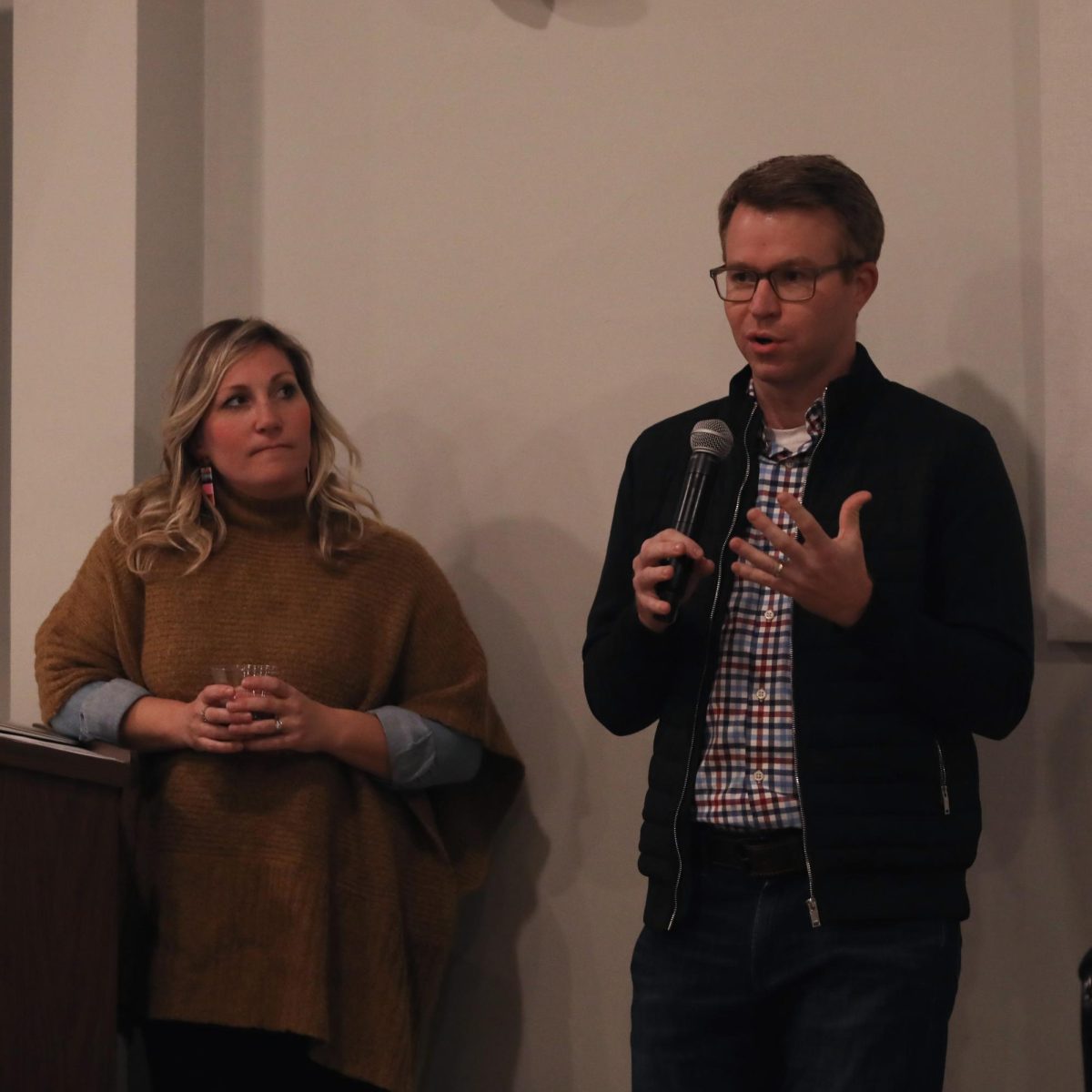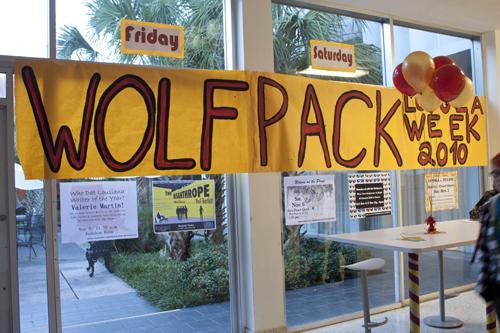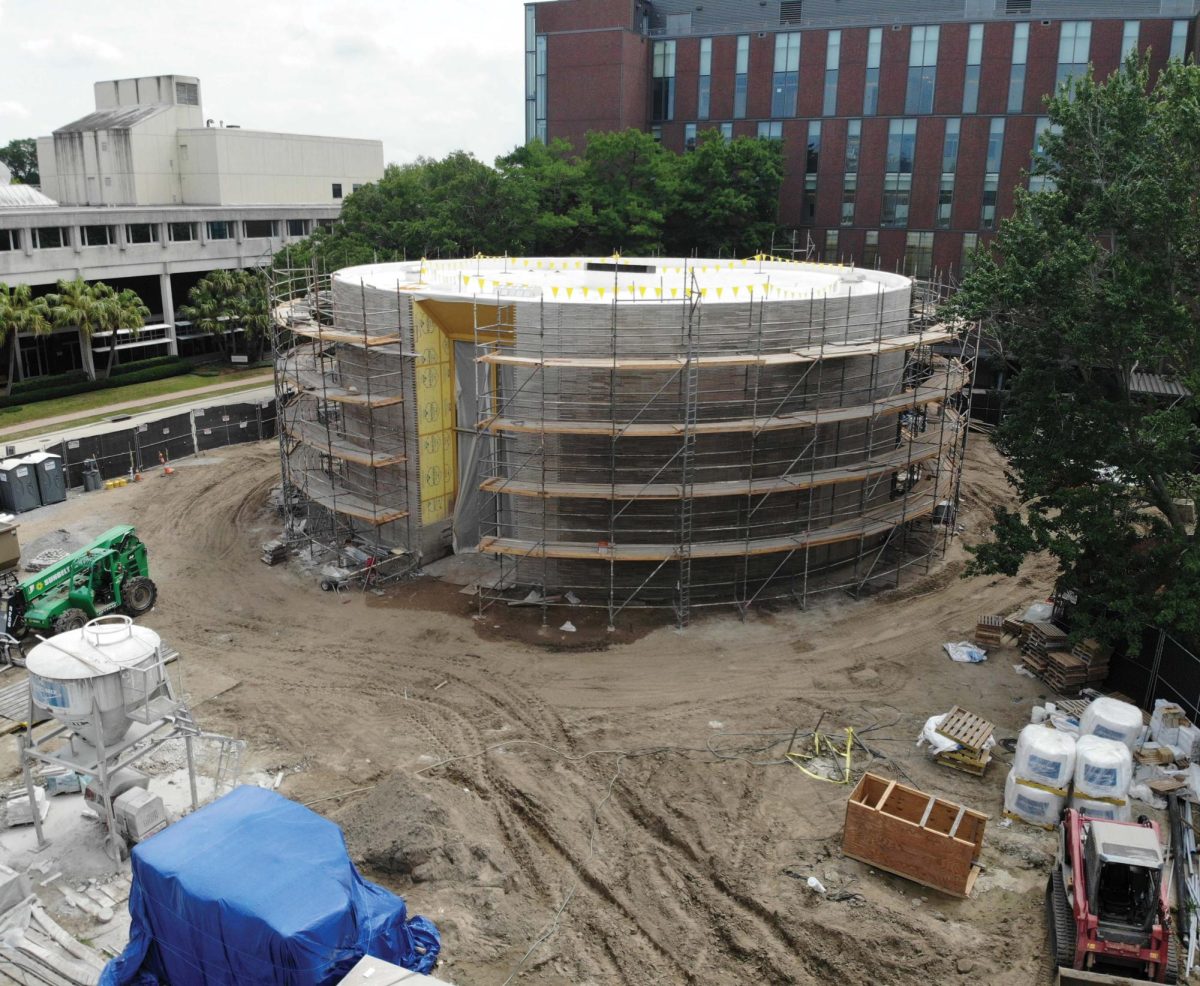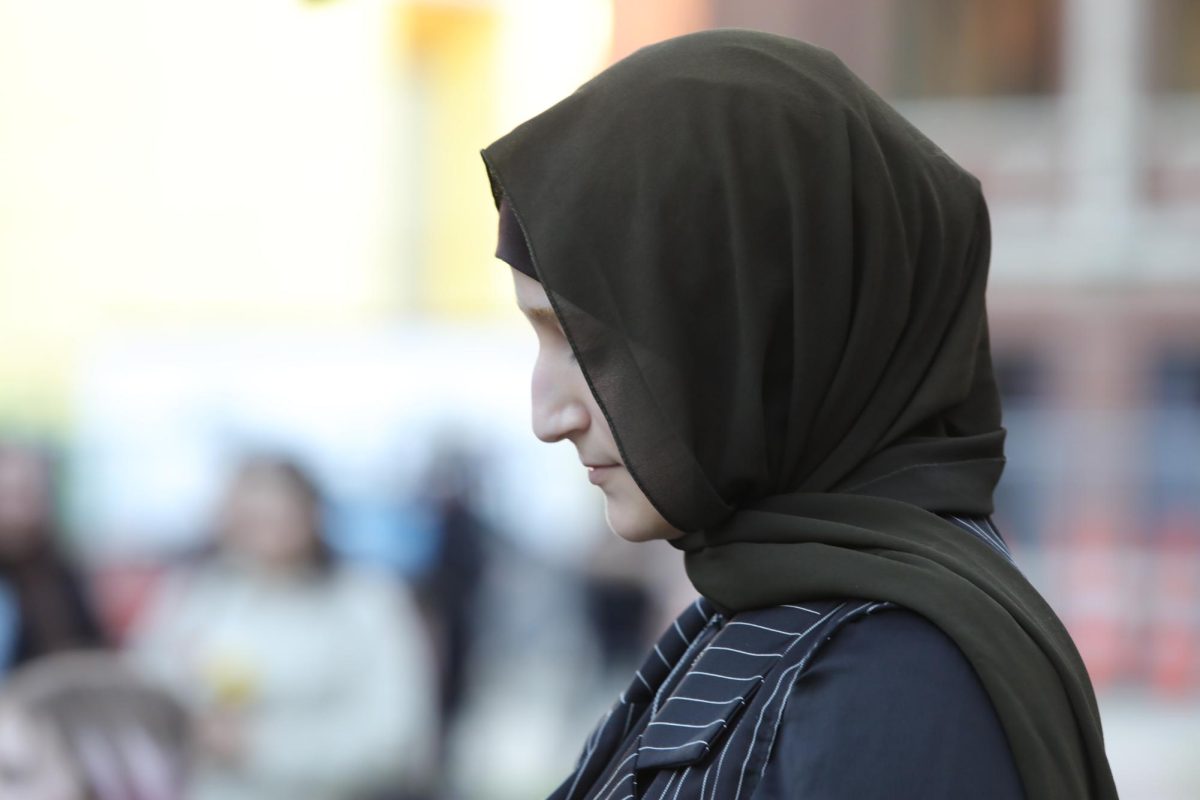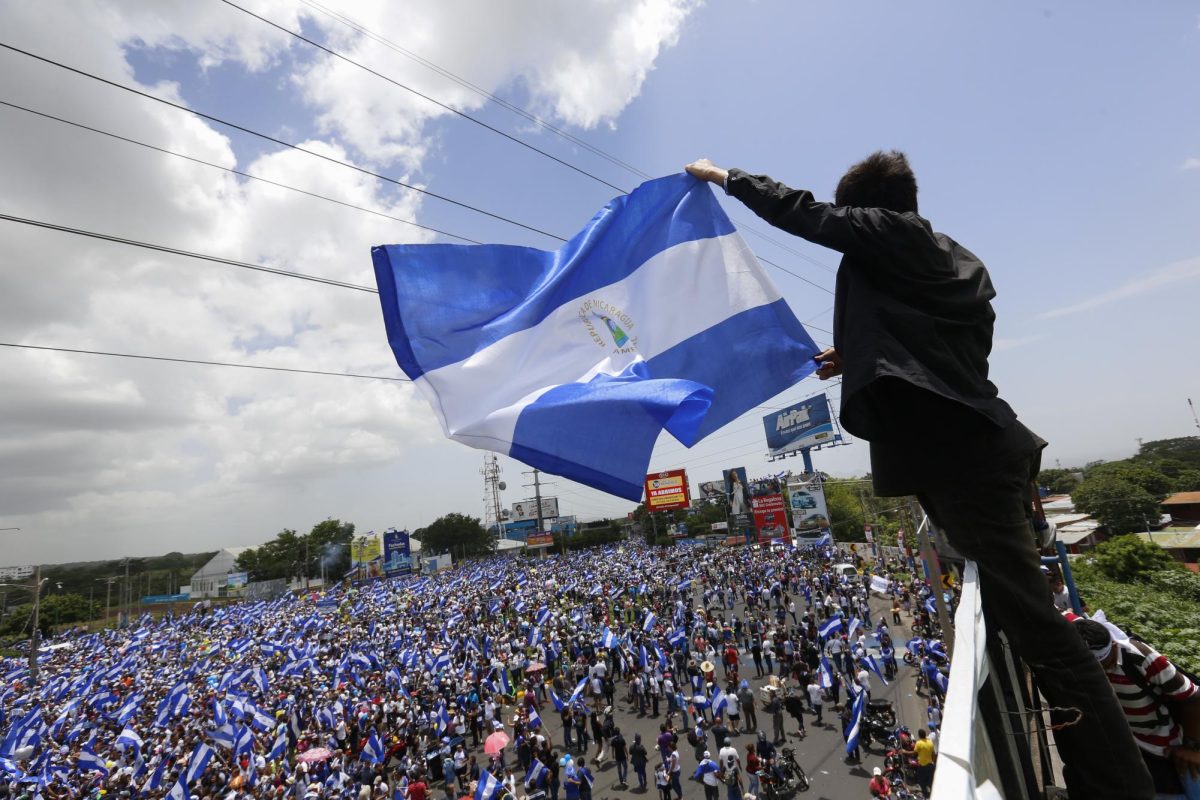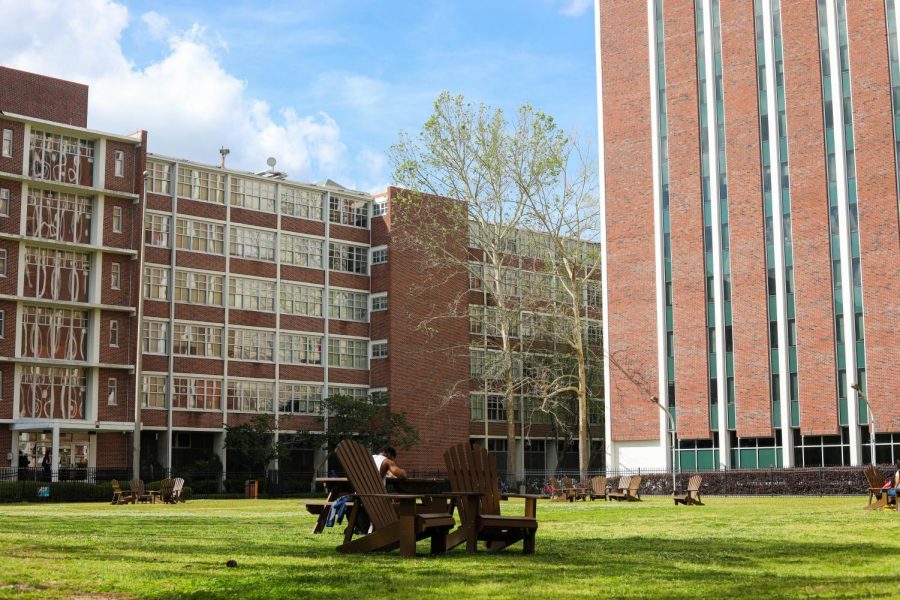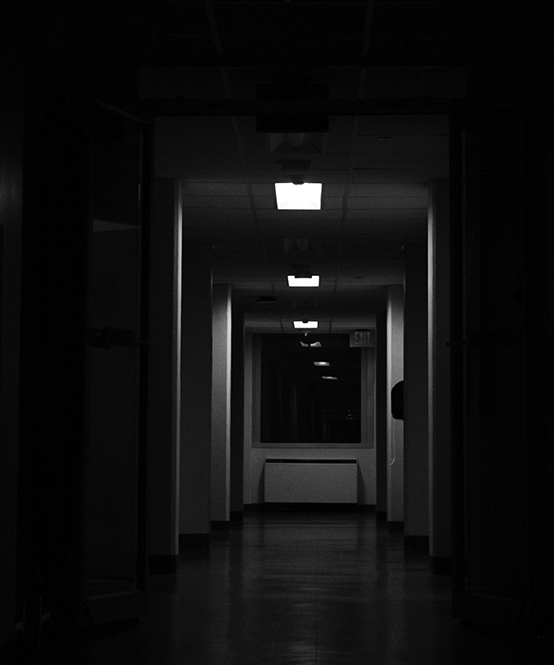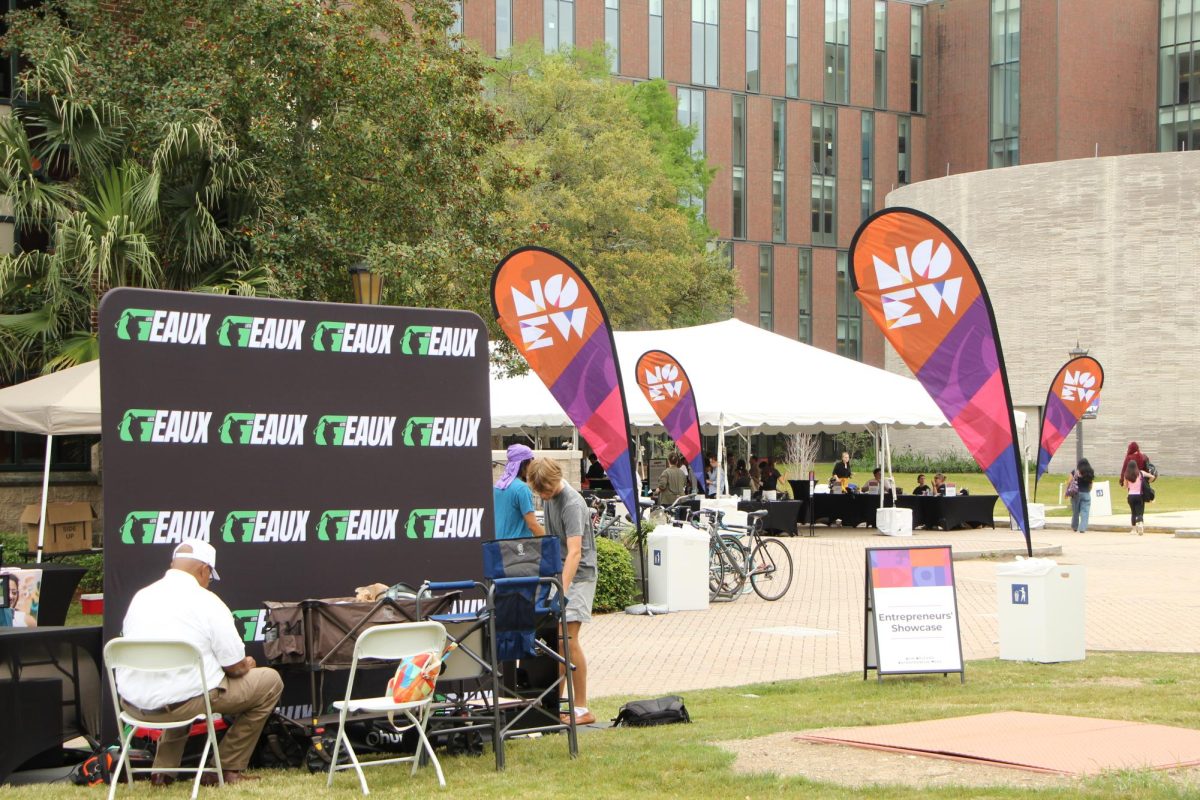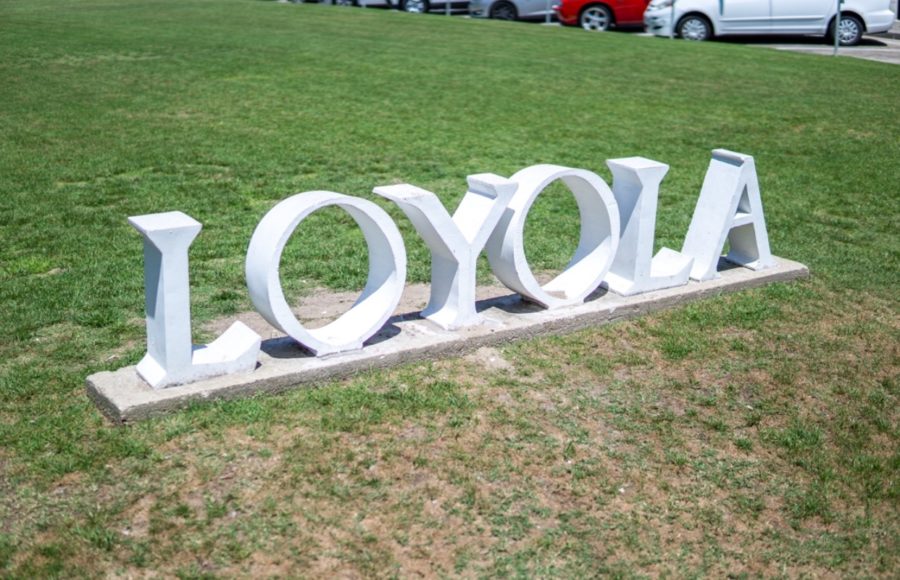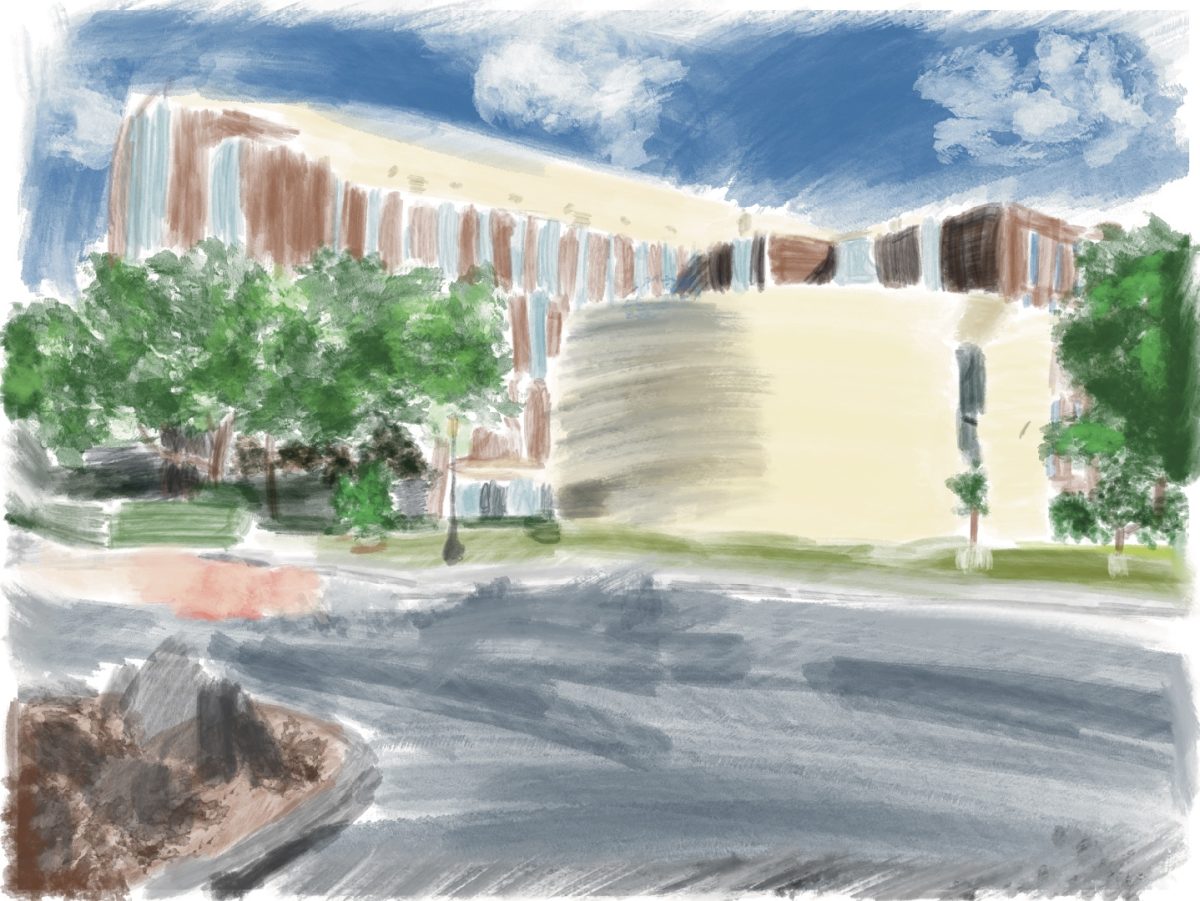I think there is a definite Catholic presence here at Loyola, despite what some professors may tell me.
Shamefully, I admit I had always viewed the Catholic brand of Christianity to be riddled with unnecessary motions which created the illusion of devotion and allowed the church-goer to mindlessly pass through services while remaining spiritually unengaged.
Obviously, I now understand I couldn’t have been more wrong.
Between the themed-weekend masses (Welcome Week, Holy Spirit Mass, Family Weekend, etc.), and the regularity with which Jesus’ teachings are mentioned in a number of my normal classes, I’m getting a thorough dousing in the Jesuit juice.
At least in my first semester experience, I’ve been introduced to various Catholic-specific practices that aren’t exclusive towards alternate faiths; rather, they welcome one to delve deeper into Catholicism if he or she so chooses.
Since the Welcome Mass held at the Ignatian Chapel on-campus during Wolfpack Welcome Week, I’ve been regularly attending the 9 p.m. Sunday Services. My involvement in the Iggy Mass community has drastically changed my perception of Catholic Christianity.
There’s a huge learning curve in transitioning from my beloved Presbyterian worship format to that of the mass. I had no idea how different two subsets of the same religion could be.
Thankfully, there’s no kneeling to keep up with at the 9 p.m. Mass.
It’s difficult enough to know when to stand, sit, bow, hold hands or what to say in response to which reading. I still feel awkward crossing myself, a gesture not practiced by Presbyterians. For this reason, I usually refrain from doing so, outing myself as a stranger in a strange land.
At first, I didn’t understand the logic behind the constant repetition and physical elements of the mass and why they were important to Catholic practice. If God is on the mind and in the heart, why does one need to tire oneself out with gesticulations of faith? Do phrases like “Lord, have mercy” not lose their meaning when their voicing is expected, as opposed to spontaneous in nature?
During the Freshman Retreat that took place this past weekend, Laura Alexander, assistant director of University Ministry, unknowingly helped me to transform my understanding of the physical aspect of Catholic worship.
In speaking with us about her own spirituality, Alexander described her feelings about what it means to worship God in mind and in body.
One can think on God, pray, essentially practice his or her religion within the confines the mind, and still crave a deeper connection with God. Alexander told us that “[she loves] being Catholic, because our tradition is filled with rituals – things that help me experience my faith in my body as well as in my mind and heart.
Embodying my faith through ritual really helps to deepen my spirituality.” Being physically moved by the presence of God to bow, to kneel, or to speak is as powerful, if not more powerful, than experiencing God’s presence in the soul.
I can’t say I’ve converted, but I’m far more open to allowing God’s gift of tangible sensation to flow through my fingertips.
Caitlin Vanderwolf is an English literature freshman and can be reached at
cevander@loyno.edu
In My Opinion is a regular column open to all Loyola students. Those interested can contact letter@loyno.edu



